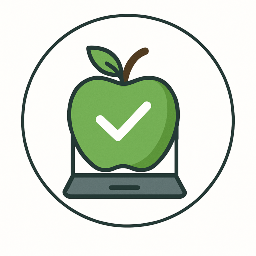Napping for Productivity
 by Thaddeus Blanda
by Thaddeus Blanda
Discover how strategic napping can boost productivity for developers by reducing stress and enhancing focus. Learn practical tips to incorporate naps into your routine for better mental and physical health, drawing from psychological insights.

Maintaining productivity as a developer involves more than just long hours at the computer; it requires attention to overall well-being. One effective practice is napping, which can serve as a simple yet powerful tool for improving mental clarity and physical energy. This approach helps address common challenges like stress and fatigue, allowing for a more balanced professional life.
The Benefits of Napping for Mental Health
Napping plays a key role in managing stress, a frequent issue for developers facing tight deadlines. Research from the American Psychological Association indicates that short naps can lower cortisol levels, the hormone linked to stress. For instance, a developer working on a complex project might feel overwhelmed by persistent demands. By taking a 20-minute nap, they can return to work with renewed concentration, potentially reducing the risk of burnout.
In practice, many professionals report that napping helps restore cognitive function. A study in the journal Sleep found that brief rests improve memory consolidation and problem-solving skills. Imagine a developer struggling with a bug; a short nap could provide the mental reset needed to approach the problem with fresh perspectives, fostering a healthier work routine.
Physical Health Improvements Through Napping
Beyond the mind, napping supports physical well-being by promoting better posture and energy levels. Prolonged sitting often leads to discomfort, and naps can aid recovery by allowing the body to relax. Experts from ergonomics fields suggest that rest periods help maintain proper alignment and prevent strain.
Nutrition and exercise also tie into this. A well-timed nap can complement a balanced diet and physical activity, ensuring developers have the stamina for daily tasks. For example, pairing a nap with regular walks might help sustain energy throughout the day, contributing to overall fitness.
Work-Life Balance and Sleep Hygiene
Napping fits into broader efforts for work-life balance, especially in remote settings where boundaries blur. Poor sleep hygiene can exacerbate fatigue, but incorporating naps offers a proactive solution. The National Sleep Foundation recommends naps of 10 to 20 minutes to avoid grogginess while reaping benefits.
Consider a real-life scenario: A developer working from home might skip breaks, leading to late-night sessions. By scheduling a nap during the afternoon slump, they can enhance productivity without extending work hours, promoting a sustainable lifestyle.
Practical Tips for Incorporating Naps
To make napping a habit, start with creating a conducive environment. Find a quiet space, set a timer, and aim for consistency. Combine this with other health practices, like mindful eating or stretching, for comprehensive benefits. Over time, these steps can lead to noticeable improvements in focus and well-being.
In summary, napping stands out as a valuable strategy for developers seeking to optimize their health and productivity. By addressing stress, supporting physical needs, and enhancing balance, it paves the way for a more fulfilling career.
